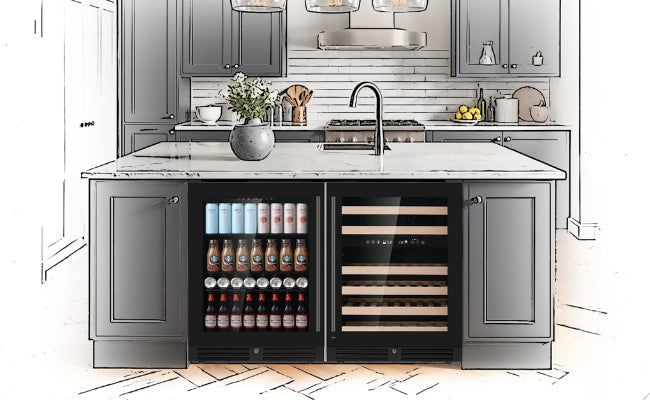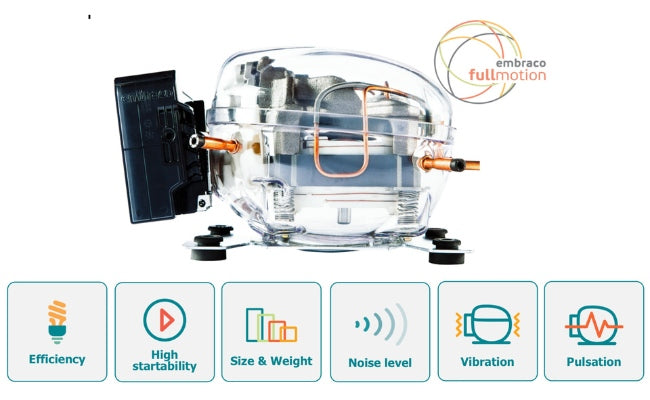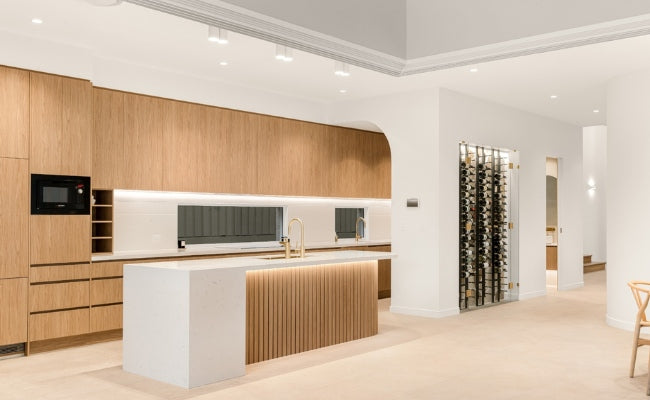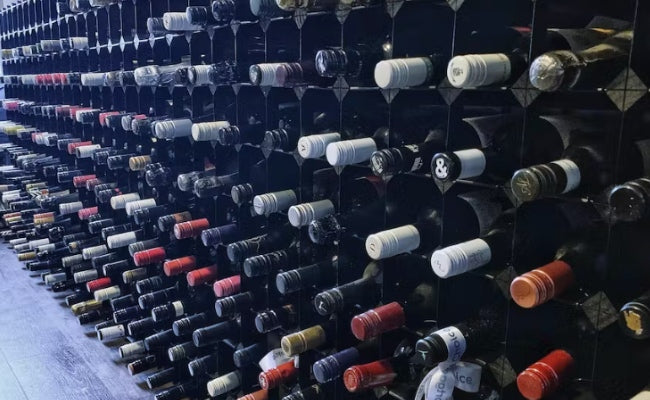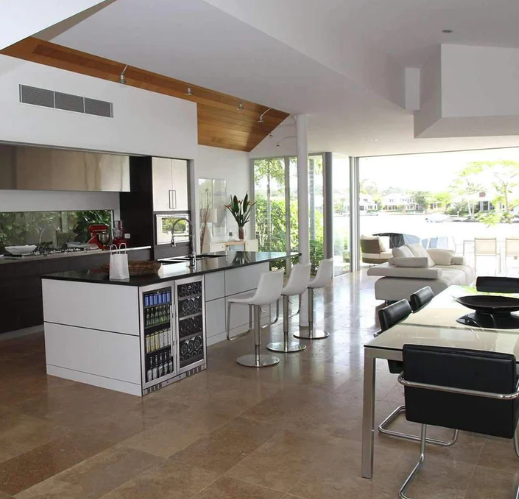Article: Wine Fridge Energy Efficiency: How to Save on Electricity While Keeping Your Wine at the Perfect Temperature
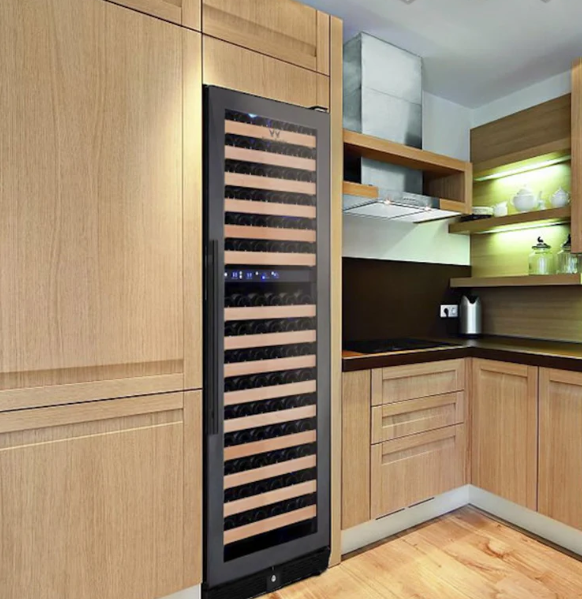
Wine Fridge Energy Efficiency: How to Save on Electricity While Keeping Your Wine at the Perfect Temperature
Wine Fridge Energy Efficiency: How to Save on Electricity While Keeping Your Wine at the Perfect Temperature
Wine enthusiasts are all too familiar with the importance of storing their wines under the right conditions. Whether you’re a casual drinker or a collector with an extensive selection, keeping bottles at their optimal temperature and humidity levels ensures they age properly and taste as intended.This is where a wine fridge (or wine cooler) becomes indispensable. Unlike traditional refrigerators, wine fridges maintain stable, wine-friendly conditions—but like all electrical appliances, they consume energy. Many consumers overlook the day-to-day electricity costs of running a wine fridge or don’t realize how the models and habits they choose directly impact their energy bills.
Over time, inefficient practices can lead to significant expenses and environmental consequences. Fortunately, with careful planning and proper usage, you can minimize electricity consumption without compromising storage conditions for your wine.
Why Energy Efficiency in Your Wine Fridge Matters
1. Reduce Electricity Bills
Wine fridges run 24/7 to ensure a consistently cool, stable environment. This constant operation can become costly if the unit isn’t energy efficient. Saving even small amounts of electricity daily can yield meaningful reductions in your monthly and yearly power bills.2. Lower Environmental Impact
Every appliance you use contributes to your overall carbon footprint. A poorly designed or inefficient wine fridge requires more electricity, placing a heavier burden on your local grid, especially if it uses non-renewable power sources. Energy-efficient choices help reduce greenhouse gas emissions and promote sustainable living.3. Ensure Longevity of Your Appliance
Energy-efficient wine fridges often last longer than their inefficient counterparts. By operating smoothly and avoiding overwork caused by poor maintenance or design, these units suffer less wear on their components, saving money on repairs or replacements.4. Preserve Your Wine Collection
Most importantly, a wine fridge’s primary goal is to provide the perfect storage environment. Energy-efficient models ensure stable temperature and humidity levels, preventing the conditions that can spoil expensive or rare bottles. The right balance between efficiency and performance is key.Factors That Affect a Wine Fridge’s Energy Efficiency
Several critical factors determine how much electricity your wine fridge consumes and how efficiently it performs. Understanding these elements will help you save money and use the appliance properly.1. Appliance Size and Capacity
The size of your wine fridge directly impacts its energy consumption. Larger fridges, especially those designed to store 100 bottles or more, require more power to cool a greater volume of air. At the same time, underusing a fridge wastes energy, as does overcrowding it, which can block airflow and force the appliance to work harder.2. Cooling Technology
Wine fridges use one of two main cooling systems, each with unique energy demands: a. Compressor Cooling Systems- Compressor-based fridges are similar to traditional refrigerators. They’re powerful, durable, and effective at cooling large collections, even in warmer ambient environments.
- However, they are more energy-intensive and can generate slight vibrations, which may impact the aging process of some wines.
- These fridges rely on electrical currents and cooling plates to regulate temperature. They are quieter, vibration-free, and best-suited for smaller collections in climate-controlled spaces.
- Thermoelectric models are generally more energy efficient but struggle in hot or humid surroundings.
3. Temperature Settings
Wine fridges operate within a temperature range of 45°F to 65°F (7°C to 18°C). The energy needed to maintain these conditions increases the colder you set the fridge—especially if the ambient room temperature fluctuates.- White wines and sparkling wines are best stored between 45°F and 55°F (7°C–12°C).
- Red wines fare well at 55°F to 65°F (12°C–18°C), often closer to the 55°F threshold for long-term storage.
4. Ambient Room Temperature
The surrounding environment plays a pivotal role in how efficiently your wine fridge operates. Hot ambient temperatures force the appliance to work harder to cool, which increases power usage. Similarly, very cold rooms can cause certain models (especially thermoelectric ones) to struggle to maintain the desired temperatures.5. Insulation and Door Materials
A well-insulated unit prevents temperature fluctuations inside the fridge and reduces the energy burden on its cooling system. Poor insulation, on the other hand, allows cool air to escape and warm air to enter, forcing the fridge to run continuously. Features to focus on include:- Double- or triple-paned glass doors, which provide superior insulation.
- UV-resistant glass to shield wine from damage caused by sunlight (which also increases internal heat).
- Tight door seals, often magnetic, to ensure cool air doesn’t leak out.
How to Choose the Most Energy-Efficient Wine Fridge
When shopping for a new wine fridge, prioritizing energy efficiency can significantly reduce your long-term expenses. Here are the key features and specifications to evaluate:1. Energy Star Certification
An Energy Star-certified appliance is verified to consume less electricity (up to 30% less) without sacrificing functionality. These units meet strict efficiency standards and offer the lowest possible operating costs.2. Advanced Features
Look for energy-saving technologies in modern wine fridges, such as:- LED lighting, which uses less power and emits minimal heat compared to traditional bulbs.
- Smart thermostats that maintain consistent temperatures with more precision, avoiding overcooling or energy wastage.
- Eco-mode settings, which optimize power use while keeping wines safe during low-demand periods.
3. Cooling Zones
Some wine fridges have dual zones for storing red and white wines at different temperatures simultaneously. Keep in mind, however, that dual-zone fridges may consume slightly more electricity than single-zone models due to their separate cooling compartments.4. Compact and Built-In Models
Built-in wine fridges designed to fit under counters or into cabinetry generally use less energy due to their smaller size and better insulation. Countertop or freestanding models can be similarly efficient, but their placement matters (avoid direct sunlight or tight, unventilated spaces).Practical Tips to Save Energy While Using Your Wine Fridge
Even the most energy-efficient fridge can waste electricity if used improperly. These simple habits can help you further reduce your energy footprint:1. Stock the Fridge Properly
A moderately full fridge operates more efficiently. Empty space forces the fridge to cool unnecessary air volume, while overcrowding obstructs airflow.- If your fridge isn’t full, add water bottles or empty racks to improve thermal regulation.
2. Keep the Door Closed
Opening the fridge door allows warm air to enter, causing the cooling system to work overtime. Try to minimize how often you open the door and avoid leaving it ajar for extended periods.3. Regular Maintenance
Dust and debris can clog condenser coils (on compressor models), reducing cooling efficiency. Clean these coils every 6 months and ensure the area around the fridge has proper ventilation.
Steps to Clean Coils:
- Unplug the fridge.
- Use a vacuum with a hose attachment or a soft brush to clean the coils.
- Plug the fridge back in and check for optimal cooling.

